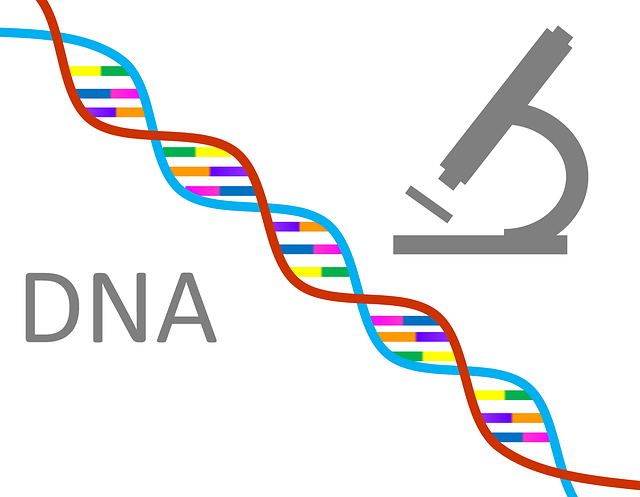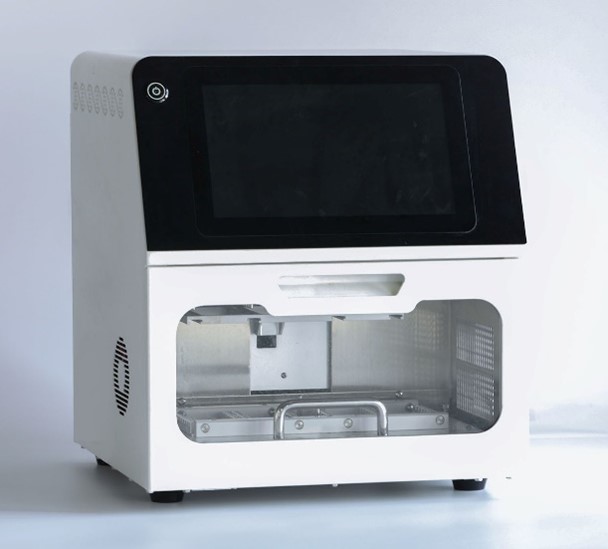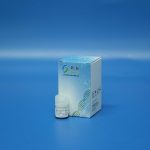Professional Manufacturer of Biomagnetic Beads

Are hydroxyl magnetic beads stable at low temperature or room temperature?
1. Storage Conditions Overview
Silanol magnetic beads (SiO₂-OH Magnetic Beads), featuring abundant surface silanol groups, are widely used in nucleic acid/protein purification and immunoassays. Storage conditions directly impact the stability of active surface groups and dispersion properties, thereby affecting experimental reproducibility.
Two Typical Storage Conditions
Room Temperature Storage: 15–25°C (typical laboratory conditions).
4°C Refrigeration: Constant low-temperature environment (2–8°C).
2. Key Comparative Analysis
| Factor | Room Temperature (15–25°C) | 4°C Refrigeration (2–8°C) |
| Surface Silanol Stability | Elevated temperatures accelerate silanol dehydration/condensation, reducing active binding sites | Low temperature suppresses molecular motion, significantly delaying condensation |
| Bead Dispersion | Increased Brownian motion promotes aggregation; requires frequent sonication/vortexing | Enhanced colloidal stability with minimal aggregation risk |
| Solvent Evaporation | Rapid evaporation of organic solvents (e.g., ethanol) alters liquid composition | Reduced evaporation maintains stable liquid phase |
| Biomolecule Integrity | Accelerates degradation of pre-immobilized enzymes/antibodies | Preserves activity of pre-immobilized biomolecules |
| Long-term Reliability | Recommended shelf-life: ≤6 months (manufacturer-dependent) | Extended shelf-life: 12–24 months |
3. Experimental Evidence
Binding Efficiency Decay (nucleic acid extraction model):
10–15% reduction in DNA recovery after 3 months at RT;
≤3% variation at 4°C (J. Mol. Diagn. 2021).
Particle Size Analysis:
20–30% increase in average diameter after 60 days at RT (aggregation);
<5% variation at 4°C (Langmuir 2019).
4. Operational Recommendations
Preferred Storage at 4°C:
Maximizes silanol activity and shelf-life;
Enhances experimental reproducibility.
Short-term RT Handling:
Use sealed containers to prevent evaporation;
Vortex/sonicate (2–5 min) before use.
Avoid Freezing (-20°C):
Ice crystals may damage surface modifications.
5. Conclusion
4°C refrigeration is the optimal storage condition for silanol magnetic beads, preserving surface silanol activity, preventing aggregation, and minimizing solvent evaporation. Room temperature storage is only suitable for short-term use (≤7 days). Long-term storage requires strict temperature control to ensure experimental reliability.
References
Zhang et al. Impact of Storage Temperature on Silica-Based Nucleic Acid Extraction Performance. Journal of Molecular Diagnostics, 2021.
Müller & Jamali. Colloidal Stability of Functionalized Magnetic Nanoparticles: Implications for Biomedical Applications. Langmuir, 2019.
Manufacturer Technical Note: Storage Guidelines for Silanol-Terminated Magnetic Beads (e.g., Thermo Fisher, Qiagen).
Supplier
Shanghai Lingjun Biotechnology Co., Ltd. was established in 2016 which is a professional manufacturer of biomagnetic materials and nucleic acid extraction reagents.
We have rich experience in nucleic acid extraction and purification, protein purification, cell separation, chemiluminescence, and other technical fields.
Our products are widely used in many fields, such as medical testing, genetic testing, university research, genetic breeding, and so on. We not only provide products but also can undertake OEM, ODM, and other needs. If you have a related need, please feel free to contact us .






